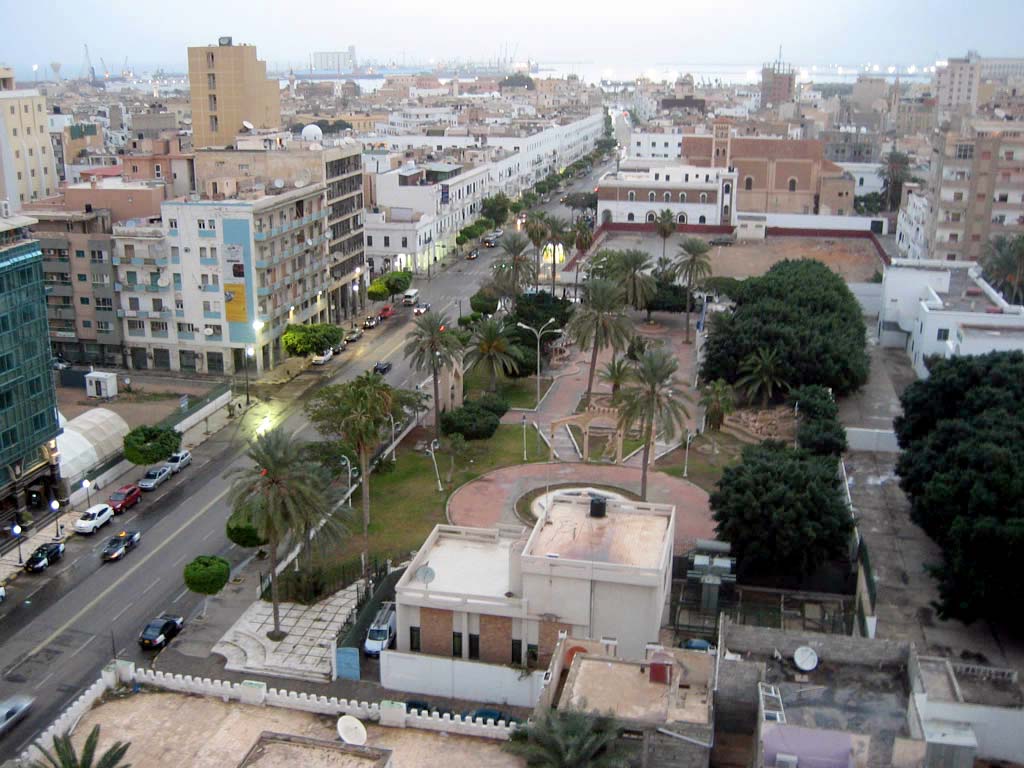 Libya’s infighting and east west divisions are adding to the oil supply disruptions in the country after the shutdown of the country’s largest oil field.
Libya’s infighting and east west divisions are adding to the oil supply disruptions in the country after the shutdown of the country’s largest oil field.
The Internationally recognized Libyan National Oil Corporation NOC warned last December that the closure of its biggest El Sharara oil field by tribesmen claiming higher wages has reduced the country’s production capacity to 953,000 bpd compared to 1.6 million bpd before the civil war.
The eagerly awaited oil production increase from Libya, which could supposedly mitigate the effects of falling production from Iran and Venezuela, now seems unlikely to happen as the El Sharara oil field has been closed since mid-December.
In order to avoid creating a precedent that would embolden other tribesmen especially in the south, NOC officials insist that the financial demands of the protesters who forced the field into a shutdown will not be met.
Looting in the field would further curb its production capacity by about 11,000 bpd even after the main system restarts operations, NOC said.
In a new development this week, forces loyal to eastern strongman General Khalifa Haftar said that they had started a military operation to secure oil sites and facilities in Libya’s south, where Sharara is located.
The possibility to take control over Sharara could not only give the eastern forces control over Libya’s biggest oil field, but could also put nearly all of Libya’s oil industry in the hands of the eastern general.
This could lead to deeper divisions between the east and the institutions in the west and Tripoli and further complicate UN efforts to unify the fractured country. Haftar’s opponents could also fiercely oppose the eastern general taking control over Sharara, which could further undermine the security situation in Libya and around its key oil field.



